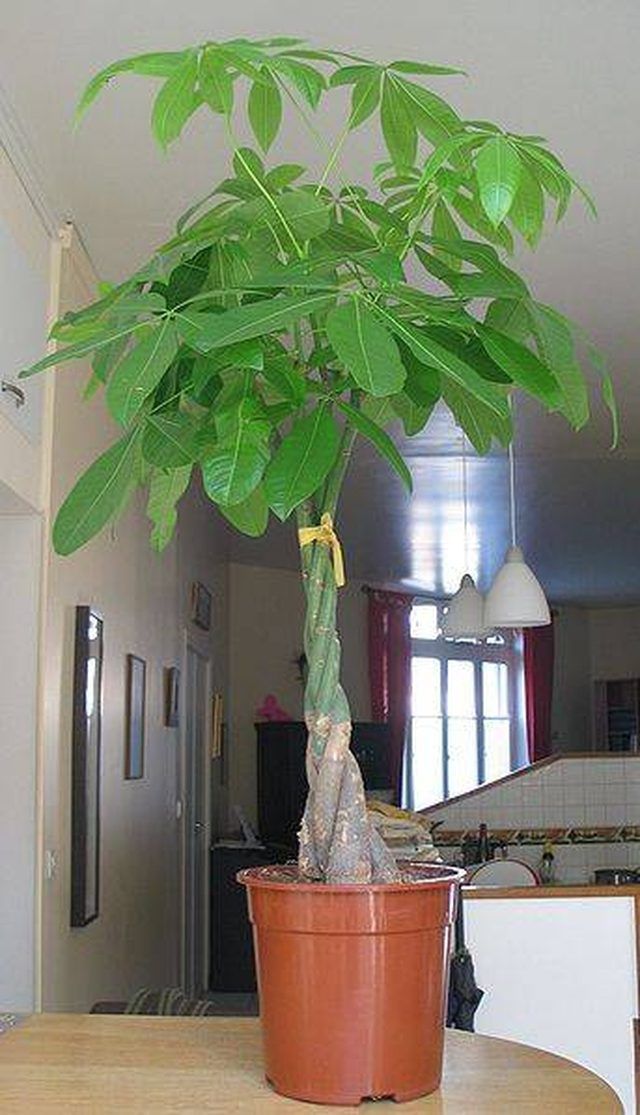Bulbs
Flower Basics
Flower Beds & Specialty Gardens
Flower Garden
Garden Furniture
Garden Gnomes
Garden Seeds
Garden Sheds
Garden Statues
Garden Tools & Supplies
Gardening Basics
Green & Organic
Groundcovers & Vines
Growing Annuals
Growing Basil
Growing Beans
Growing Berries
Growing Blueberries
Growing Cactus
Growing Corn
Growing Cotton
Growing Edibles
Growing Flowers
Growing Garlic
Growing Grapes
Growing Grass
Growing Herbs
Growing Jasmine
Growing Mint
Growing Mushrooms
Orchids
Growing Peanuts
Growing Perennials
Growing Plants
Growing Rosemary
Growing Roses
Growing Strawberries
Growing Sunflowers
Growing Thyme
Growing Tomatoes
Growing Tulips
Growing Vegetables
Herb Basics
Herb Garden
Indoor Growing
Landscaping Basics
Landscaping Patios
Landscaping Plants
Landscaping Shrubs
Landscaping Trees
Landscaping Walks & Pathways
Lawn Basics
Lawn Maintenance
Lawn Mowers
Lawn Ornaments
Lawn Planting
Lawn Tools
Outdoor Growing
Overall Landscape Planning
Pests, Weeds & Problems
Plant Basics
Rock Garden
Rose Garden
Shrubs
Soil
Specialty Gardens
Trees
Vegetable Garden
Yard Maintenance
How to Care for a Pachira Plant
How to Care for a Pachira Plant. Pachira aquatica, also known by the common names money tree or plant, guiana chestnut, and saba nut, is a tropical perennial tree native to Central and South America. Thriving in wetlands and swamps, Pachira aquatica can reach 60 feet in height under optimal conditions in the wild. With its shiny green foliage and...

Pachira aquatica, also known by the common names money tree or plant, guiana chestnut, and saba nut, is a tropical perennial tree native to Central and South America. Thriving in wetlands and swamps, Pachira aquatica can reach 60 feet in height under optimal conditions in the wild. With its shiny green foliage and blooms on tall trunks, it has become a popular indoor plant but is also cultivated for its its edible nuts. Pachira is planted as a low-maintenance tropical ornamental in gardens with warm, moist climates, good sun exposure and partial shade in summer.
Things You'll Need
Water-soluble organic fertilizer
Sharp sand soil amendment
Secateurs
Determine whether Pachira will grow best as an outdoor plant or an indoor plant in your climate. It's outdoors hardy in USDA Zones 9b to 11 and prefers humidity. Anything cooler and Pachira should be grown indoors.
Provide a humus-rich soil that is well-drained. Add a bit of sharp sand or builders sand to increase drainage in outdoor soils that are heavy in clay. Pachira likes moisture but not for its roots to soak in water constantly, so drainage is key. If planted in a container indoors or out, make sure there are adequate drainage holes to release excess or stale water.
Place Pachira in a sunny to partial-shade exposure outdoors daily. In very warm climates or during the heat of summer, light shade is a better option to prevent leaf burn. For indoor plants, provide bright indirect light and turn the plant regularly toward the light source to keep it growing straight and leafing evenly.
Water Pachira deeply and consistently so that the soil is evenly moist at all times but not soaking wet in standing water.
Fertilize indoor and outdoor Pachira trees lightly three to four times a year with a good-quality water-soluble organic fertilizer applied around the roots at the drip line.
Prune away any dead, damaged or diseased leaves and branches as soon as you see them.
Tips & Warnings
Pachira's fruit, nuts and flowers are attractants to bees, butterflies and birds, so plant it as a garden draw for these creatures.